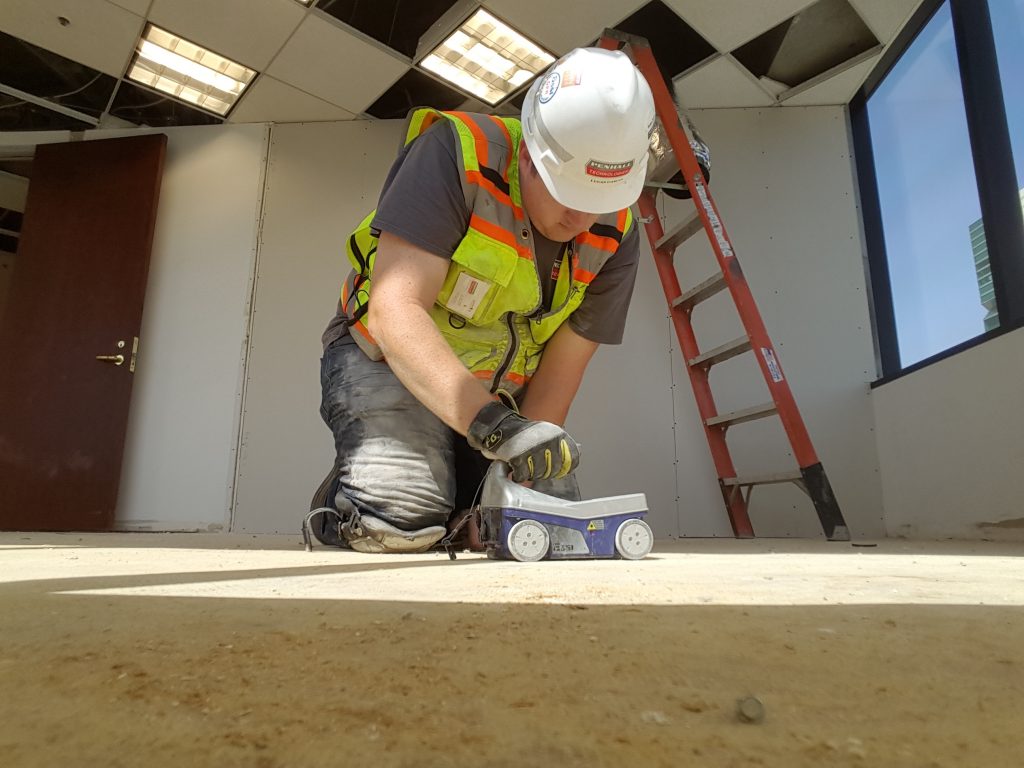Concrete Scanning: An Essential Step Towards Ensuring Structural Honesty and Safety And Security
In the world of construction and framework maintenance, the importance of concrete scanning can not be overemphasized. By employing advanced technology and methodologies, concrete scanning offers as a crucial device in ensuring that the honesty and safety of buildings and bridges are maintained to the highest requirements.
Importance of Concrete Scanning
Concrete scanning plays a critical function in making sure the architectural integrity and safety and security of buildings and infrastructure tasks. By utilizing innovative technologies such as ground-penetrating radar (GPR) and electromagnetic induction, experts can non-destructively evaluate concrete structures to identify prospective defects, voids, embedded things, and support layout. This process allows very early discovery of abnormalities that can jeopardize the security of a framework, stopping expensive damages and making sure the safety of residents.
Concrete scanning is specifically necessary throughout the preparation and building and construction stages of a job. Before exploration, cutting, or coring into concrete, scanning helps determine the precise places of rebar, post-tension wires, and other ingrained components, minimizing the risk of unexpected hits that can cause architectural weak points. Additionally, concrete scanning aids in top quality control by verifying the density of concrete covers and discovering any type of discrepancies that may affect the overall toughness of the structure. Ultimately, spending in concrete scanning services is not only a positive action to mitigate dangers but likewise a fundamental step in the direction of keeping the long-lasting security and stability of structures and facilities.
Technology for Concrete Inspection

Advantages of Early Discovery
Timely discovery of architectural problems can significantly minimize dangers and ensure the long life of construction jobs. By recognizing potential troubles at an early stage in the construction procedure, stakeholders can take aggressive actions to attend to concerns prior to they rise into bigger and extra costly troubles. One of the essential benefits of very early detection is the avoidance of architectural failings, which can present serious safety and security threats and lead to project delays and monetary losses.
Furthermore, early detection enables prompt repair work and upkeep, which can aid extend the life-span of the structure. By addressing problems immediately, construction groups can stay clear of pricey repair work or also the need for premature replacement of architectural parts. This positive approach not just conserves money and time however additionally boosts the total safety and security and toughness of the building and construction task.
In addition, very early detection can enhance project planning and decision-making by giving stakeholders with beneficial insights into the problem of the structure. Equipped with this details, project supervisors can make enlightened options relating to building and construction approaches, timelines, and products, resulting in a lot more effective and reliable task outcomes.
Making Sure Structural Stability
Making sure the structural security of a building job is vital to its safety and longevity. Architectural stability describes the capacity of a structure or infrastructure to preserve its type and function under various lots check my blog and environmental problems. To accomplish this, detailed evaluation and tracking of the structure are necessary. Concrete scanning plays an essential function in making certain architectural security by detecting prospective issues such as gaps, delamination, or support corrosion that might compromise the honesty of the structure gradually.
By using innovative scanning innovations like ground-penetrating radar (GPR) and electro-magnetic induction, building professionals can non-invasively check concrete frameworks to determine areas of issue underneath the surface area. This proactive approach permits for the early detection of problems or weak points, making it possible for prompt repair services or reinforcement to stop architectural failures.
Routine concrete scanning during various building stages and throughout the life cycle of a structure can aid keep its stability, minimize dangers, and make sure the security of passengers. By focusing on structural stability via concrete scanning, building projects can improve their durability and resilience, ultimately adding to greater safety and security and longevity.

Stopping Essential Failings
Carrying out routine inspections, such as concrete scanning, can reveal surprise defects like gaps, cracks, or deterioration that could compromise the honesty of a structure. By using innovative scanning innovations like Ground Penetrating Radar (GPR) or Concrete X-ray, designers can non-destructively assess the condition of concrete and determine weak points that call for support or repair.

Final Thought
To conclude, concrete browse this site scanning plays a crucial function in making certain architectural stability and safety by using innovative technology for very early detection of prospective concerns. This positive approach aids protect against important failures and makes certain the stability of structures. It is vital to prioritize concrete assessment as a standard practice to safeguard the longevity and safety of structures and framework.
Concrete scanning plays a vital role in ensuring the structural integrity and security of buildings and facilities jobs. Furthermore, concrete scanning help in high quality control by validating the thickness of concrete covers and identifying any type of disparities that may affect the general toughness of the framework. Concrete scanning plays an important function in making certain structural stability by finding possible problems such as voids, delamination, or support deterioration that could jeopardize the integrity of the framework over time.

In verdict, concrete scanning plays an important role in ensuring structural integrity and safety by making use of innovative innovation for very early discovery of prospective concerns.